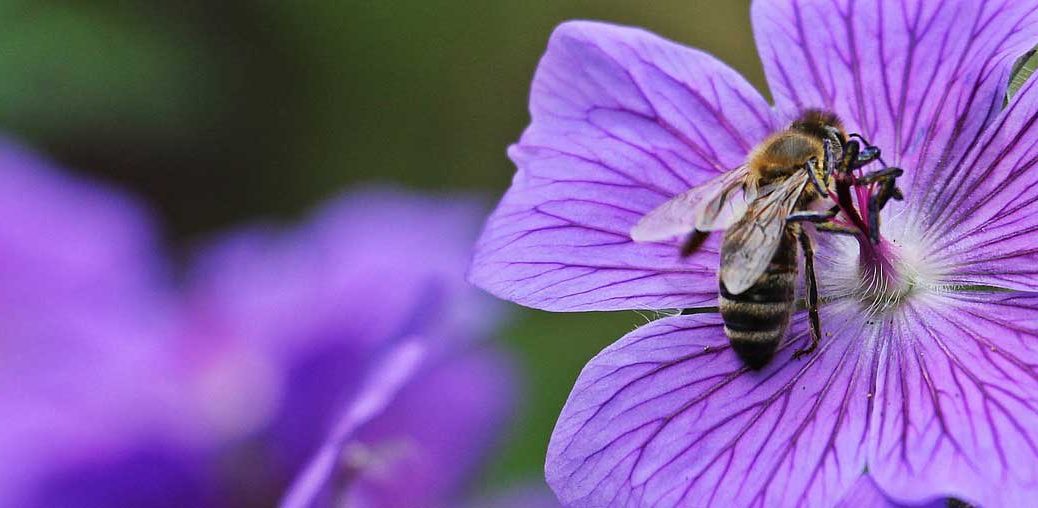Hummingbirds are brightly colored birds that are always a wonder to see, and it’s easy to attract them to your garden.
These remarkable creatures have striking plumage and a high energy lifestyle. Three species of hummingbird live in Florida through much of the year, and another two can occasionally be seen here in the winter. The most commonly seen is the ruby-throated. This feathered jewel is only about three inches long and weighs as little as a penny.
Hummingbirds get their name from the sound their wings make while beating up to 200 times per second. One of these remarkable birds’ most amazing traits is their helicopter-like flying stunts. Not only can hummingbirds suspend their bodies in midair, they can also fly backwards, upwards, and even upside-down.
To support all their high-speed activity, hummingbirds need to consume large amounts of high-energy nectar. To attract hummingbirds to your garden, choose plants with brightly colored or tubular flowers, like hibiscus or the native coral honeysuckle. Hummingbirds prefer red, orange, and pink flowers, and use their long tongues to sip the nectar found within.
Hummingbirds nest spring through summer and need a lot of nectar during that time, so make sure you have numerous nectar plants available. You can also help meet their needs with a hummingbird feeder.


